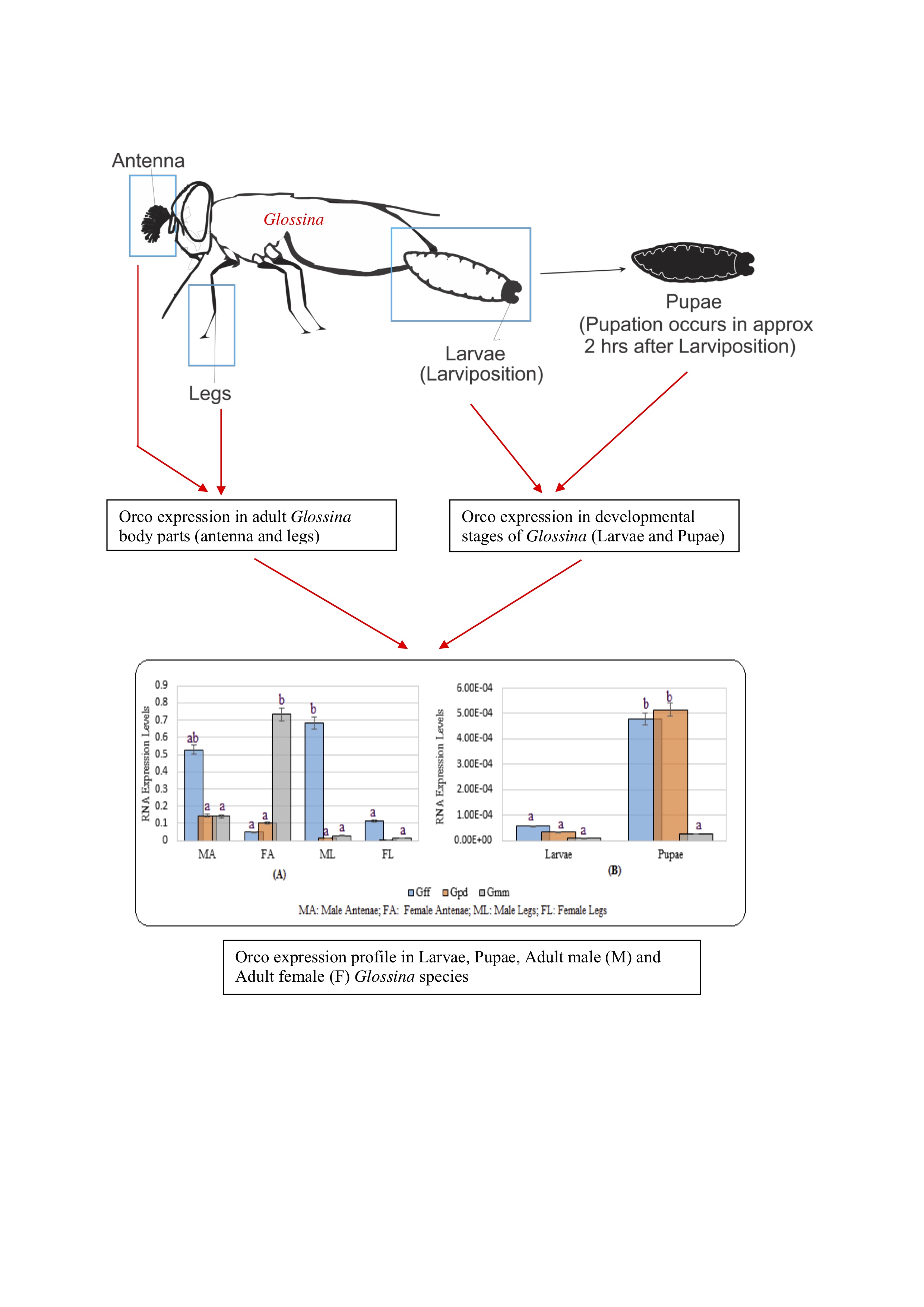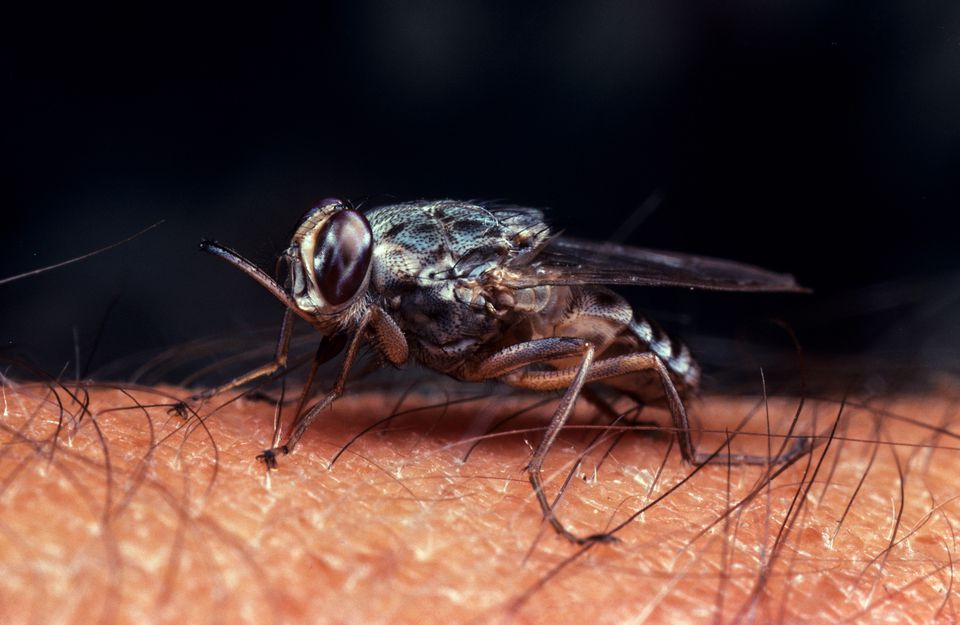Scientists are examining how tsetse flies, which transmit deadly sleeping sickness in humans and nagana its animal counterpart in Africa, located their prey using their sense of smell, raising hope for better ways to control the deadly pest.
Before the 18th century, sleeping sickness, or Human African trypanosomiasis was a manageable threat on the Africa continent. But European colonial expansion pushed humans to farm and settle in infested areas, causing deaths to rise into the hundreds of thousands.
Lately, management and prevention schemes have made the disease less common cases dropped from close to 28,000 in 1999 to less than 1,500 in 2015 according to the World Health Organization. However, in remote areas where health systems are weak, it remains a threat. And the parasite also infects and kills livestock, causing an estimated US$628 million in damage every year.
Like most biting insects, tsetse flies locate their prey using their sense of smell. They have olfactory receptors in their antennae and their legs, which send signals to their brains. This signaling system and how to manipulate it is now in the sights of a group of Kenyan scientists.
“If you can interrupt the communication between the host and the fly, it means the fly will not transmit the parasite,” says Steven Nyanjom, the corresponding author on new research on the topic published in Scientific African.
Nyanjom and his colleagues at Jomo Kenyatta University of Agriculture and Technology in Nairobi say they are the first to study so-called odorant co-receptors in adult and developing tsetse flies. Odorant co-receptors, or Orco, are thought to be important to the sense of smell for many different types of insects. Research published in 2015 on the gypsy moth, Lymantria dispar, found that interfering with Orco interrupted the moths’ sense of smell.

Understanding the mechanisms behind Orco could offer a new avenue for tsetse fly control says Nyanjom. He adds that the work of his team could also improve tsetse fly traps, which are used together with repellents to manage the pest populations. “It can help us design synthetic analogs which are better attractants, or repellents, than what we currently have.”
The Kenyan team studied Orco in three different tsetse fly species: Glossina morsitans morsitans, Glossina pallidipes, and Glossina fuscipes fuscipes They looked for Orco in the larvae, pupae, legs, and antennae of all three species. They found the receptors in all tissues, although there were more in the pupae than at the larval stage, suggesting this to be an important developmental stage for the fly’s sense of smell.
The findings add to a growing body of work to map the biology of the tsetse fly. In 2014, a collaboration between more than 140 scientists worldwide published the entire genome of Glossina m. morsitans in Science magazine. To date, six species of tsetse fly have been sequenced, Nyanjom says.
If you can interrupt the communication between the host and the fly, it means the fly will not transmit the parasite.
However, he adds, there is more to be done. There are more than 30 species of the tsetse fly, and all of them have the potential to spread the parasite that causes sleeping sickness and nagana. “For us to effectively control transmission we have to get more people involved in the research,” he says.
Dan Masiga, who heads up animal health at the Nairobi-based International Centre of Insect Physiology and Ecology, and who was not involved in the research, told Scientific African that while the study was useful, it was limited by focusing on single-gene analysis. “[That] gives no indication of functional information, for example, what stimuli the flies are responding to,”
Nyanjom says he is working with colleagues at ICIPE on that. “They have started profiling the response of each odorant receptor to specific stimuli,” he says.
